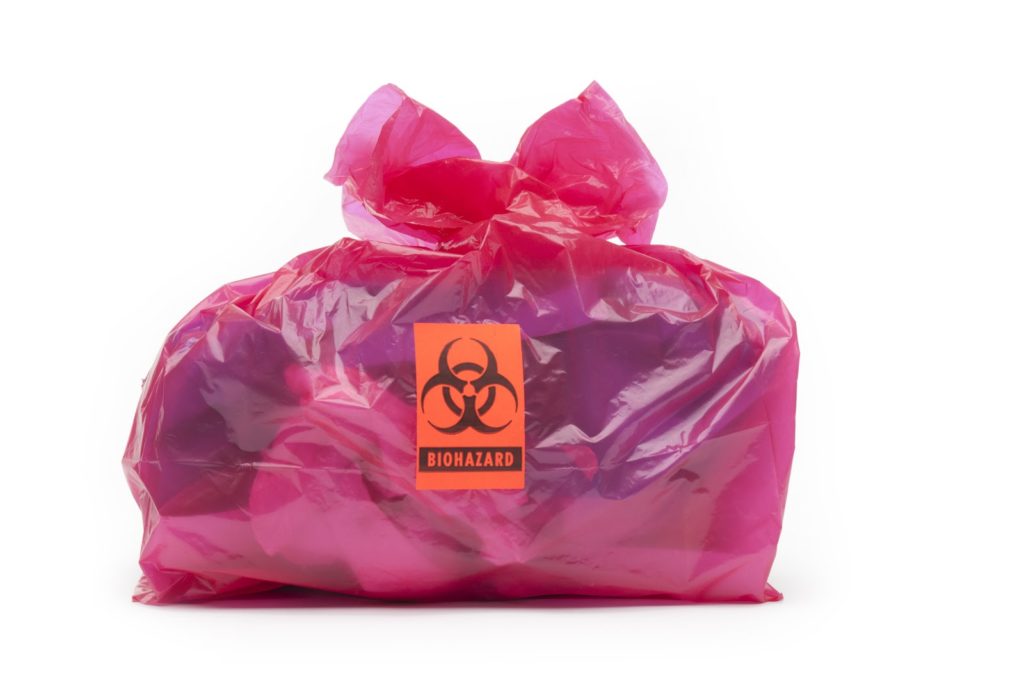Safe and Secure: The Conclusive Choice for Expert Medical Waste Removal Provider
Safe and Secure: The Conclusive Choice for Expert Medical Waste Removal Provider
Blog Article
Checking Out Various Waste Disposal Options for a Cleanser Atmosphere
In the pursuit of a cleaner setting, the monitoring of waste disposal has actually arised as an important focal point for lasting growth. With a wide range of waste disposal choices readily available, varying from conventional garbage dump approaches to cutting-edge waste-to-energy innovations, the choice of exactly how we handle our waste has significant implications for our planet's health.
Recycling Approaches
Implementing effective reusing methods is vital in reducing waste and advertising sustainability in our environment. Reusing entails the process of converting waste products into recyclable challenge prevent unneeded disposal. One of the most common recycling approaches is material recuperation, where products like paper, plastic, glass, and steel are accumulated, sorted, and refined to create brand-new items. This process not just saves natural deposits however likewise decreases energy usage and greenhouse gas emissions linked with generating brand-new materials from the ground up.
Another essential recycling method is composting, which involves breaking down natural waste like food scraps and backyard trimmings into nutrient-rich soil. By integrating these various recycling approaches right into our waste management methods, we can dramatically decrease our ecological footprint and move in the direction of a much more sustainable future.

Composting Methods
Effective waste management practices, such as reusing methods, lead the way for a cleaner environment, and now, moving the focus to 'Composting Techniques', we explore lasting means to break down natural waste for environmental advantage. medical waste removal service.
Composting is a natural procedure that changes natural waste, like food scraps and yard trimmings, right into a nutrient-rich soil modification. The trick to successful composting hinges on creating the appropriate equilibrium of environment-friendly materials, such as vegetables and fruit scraps, and brownish materials, like dried out leaves and branches. These materials decompose with the aid of microorganisms, breaking down the waste right into beneficial garden compost.
Traditional yard composting includes layering organic materials in a container or pile and consistently transforming the combination to freshen it. By utilizing composting methods, we can minimize the quantity of waste sent out to land fills while creating a beneficial item for improving soil and supporting plant growth.
Incineration Benefits And Drawbacks
Incineration, as a waste disposal technique, provides both advantages and disadvantages that merit cautious consideration in the world of sustainable waste monitoring techniques. On the positive side, incineration can significantly decrease the volume of waste, decreasing the requirement for garbage dump area and possibly lowering greenhouse gas discharges.
Nonetheless, there are notable disadvantages to incineration. One major concern is the prospective launch of dangerous contaminants into the air, such as dioxins, hefty metals, and particle issue, which can have adverse results on human health and the atmosphere. Furthermore, the high preliminary financial investment and operational expenses of incineration facilities position financial challenges, making it a much less cost-efficient option contrasted to various other waste management techniques. Cautious surveillance and law are necessary to mitigate these unfavorable influences and take full advantage of the advantages of incineration as part of a thorough waste administration strategy.
Landfill Monitoring Strategies
Landfills play a crucial role in waste management and ecological preservation by providing a control system for the disposal of solid waste materials. Reliable garbage dump administration techniques are important to reduce environmental impacts and make sure the lasting sustainability of these waste disposal websites. One crucial strategy is correct waste compaction to make the most of using readily available room within the landfill (click here). By compacting the waste, the quantity is decreased, enabling more waste to be accommodated with time.
Moreover, the application of everyday cover methods is important in reducing smells, preventing litter, and minimizing the tourist attraction of bugs. Covering the disposed waste at the end of every day assists to contain odors and prevent potential ecological contamination. Furthermore, the surveillance of land fill gas emissions and leachate degrees is essential in making sure that ecological standards are met and that any kind of prospective threats to surrounding ecological communities are decreased.

Waste-to-Energy Technologies
One of the cutting-edge approaches to lose administration entails taking advantage of Waste-to-Energy modern technologies to transform strong waste into functional power sources. Waste-to-Energy (WtE) innovations encompass a variety of processes that intend to extract energy from waste materials via thermal, chemical, or organic methods. great site This conversion procedure not only reduces the volume of waste that winds up in garbage dumps but also generates important power resources such as electrical energy, warm, or biofuels.
There are a number of techniques of Waste-to-Energy conversion, consisting of gasification, pyrolysis, and incineration. Incineration includes burning waste at high temperature levels to generate warmth and electricity. Gasification converts waste into a syngas, which can be used for power generation or chemical production. Pyrolysis breaks down organic materials utilizing high temperature levels in the lack of oxygen, producing char, gas, and bio-oil.
Carrying out Waste-to-Energy modern technologies can help reduce environmental issues linked with traditional waste disposal techniques while concurrently supplying a renewable resource resource. Cautious factor to consider needs to be given to exhausts control and guaranteeing the sustainability of feedstock products for these modern technologies to be really beneficial for a cleaner atmosphere.

Verdict
To conclude, exploring different garbage disposal options such as reusing, composting, incineration, garbage dump monitoring, and waste-to-energy technologies is necessary for promoting a cleaner atmosphere - click here. Each approach has its own advantages and difficulties, yet by utilizing a combination of these techniques, we can function towards minimizing the quantity of waste that winds up in garbage dumps and ultimately add to a much more lasting future for generations ahead
With a multitude of waste disposal alternatives available, ranging from standard land fill methods to innovative waste-to-energy technologies, the option of just how we manage our waste has far-reaching implications for our earth's wellness. medical waste disposal.Incineration, as a waste disposal method, presents both benefits and disadvantages that merit mindful factor to consider in the world of lasting waste administration methods.Garbage dumps play an important function in waste administration and environmental conservation by offering a containment system for the disposal of strong waste products. By compacting the waste, the volume is reduced, allowing for even more waste to be suited over time
One of the ingenious methods to squander monitoring includes using Waste-to-Energy modern technologies to convert strong waste into usable power sources.
Report this page